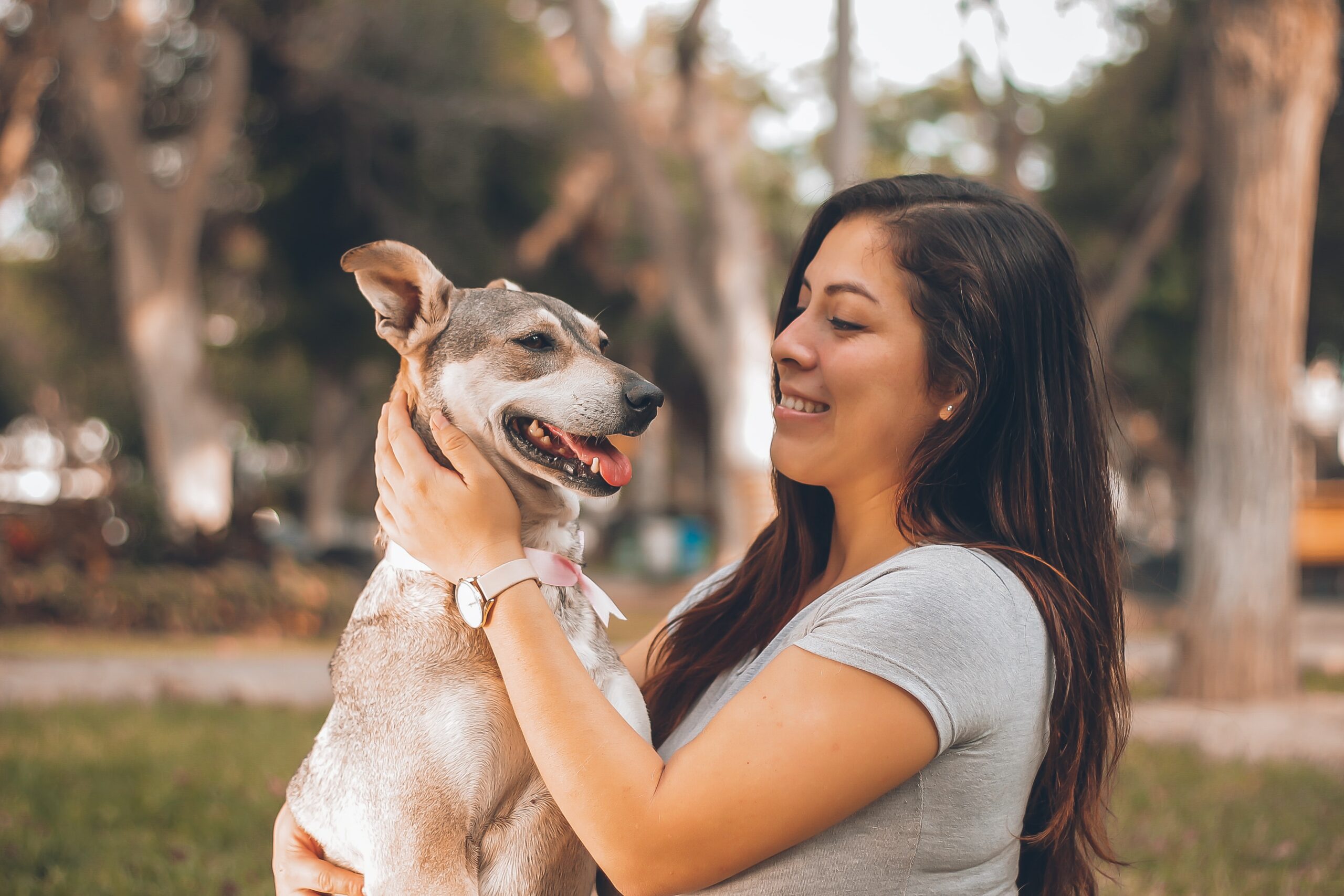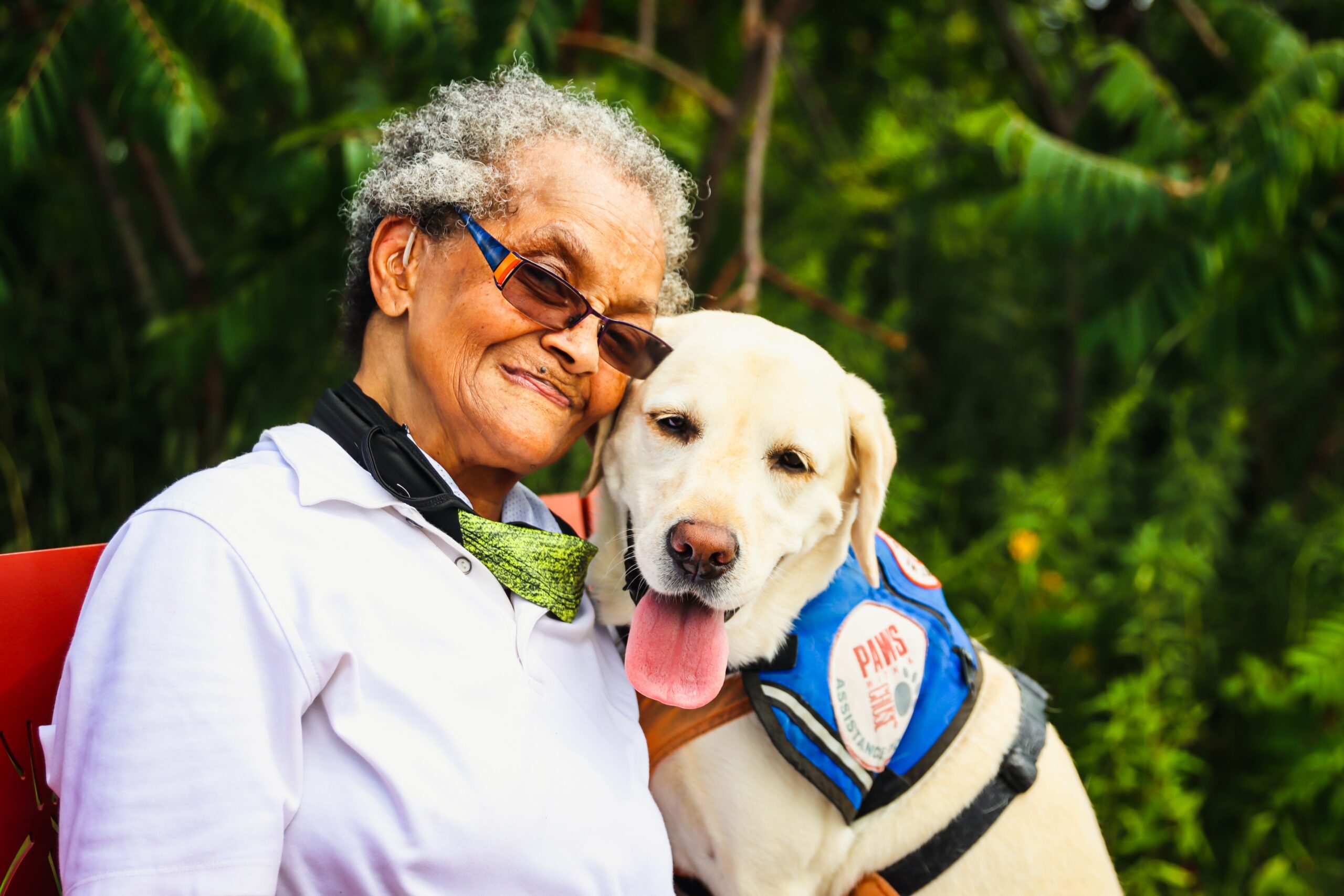For millennia, dogs have been used to keep people and property safe (there’s evidence of dogs protecting people 11,000 years ago!). However, they are a lot less useful when it comes to cybersecurity. In fact, your furry friend may be more of a liability than an asset when it comes to keeping your digital life secure. Understanding why hackers target dog lovers can help you keep yourself safe online.
How Hackers Target People

A lot of people have a mental image of a hacker in a black hoodie furiously typing code to bypass firewalls, often battling in real-time against cybersecurity experts. Unsurprisingly, this is a completely inaccurate idea of hacking that is only used by Hollywood to make it seem more dramatic. The reality is much more mundane but also much scarier in a lot of ways.
While coding and understanding computer systems are central to hacking, a lot of the work done by cybercriminals is focused more on people than computers. At a really basic level, there are two main ways to figure out someone’s login credentials to access a bank account or other target: brute force attacks and dictionary attacks.
A brute force attack involves guessing every possible combination of characters. Obviously, this takes a lot of computing time and power. However, if a hacker focuses only on likely combinations of characters (a dictionary attack), he or she can cut the time down significantly. The hacker can use common words from a dictionary as well as personal information from the target person to make informed attempts at breaking a password.
Why Fido Is a Great Friend but a Bad Password

If you own a pet, you probably have a special relationship with it. Perhaps you post photos on your social media of Fido playing in the dog park. Maybe you excitedly share an update about Fluffy’s birthday party. If your pet’s name is part of your password, this information could put you at risk by equipping hackers with the information they need to break your security credentials.
The same is true for birthdays, places, children’s names and more. If you are using personal information to craft passwords, you may be putting yourself at risk.
A Single Hack Can Have Serious Consequences
While being hacked on a single account or system may be concerning, the result can often be worse than you expect. Hackers are increasingly using a strategy called credential stuffing. Essentially, they compile databases of logins and passwords that have already been broken then automatically try them on various websites. This is fast, effective and very low risk. If you are using Fido’s name as your password on multiple websites, you could be in trouble.
Tips for Making Better Passwords
Fortunately, there are many ways that you can protect yourself. These are a few tips:
- Make Long Passwords: The longer a password is, the more computing power is necessary to guess it. Even with a targeted, dictionary attack, a 20-character password will take a lot of time to crack.
- Never Share Passwords: Only use each password once, especially for high-value accounts such as online banking.
- Use Varied Characters: Make sure to use uppercase, lowercase, numbers and special symbols. Don’t just substitute a “1” for an “i.” Instead, try to be a little more random, this makes it harder to guess what patterns you will follow.
- Never Use Personal Information: Again, try to be random when setting your passwords. If you need to use words or ideas to make memorable passwords, don’t use personal information. Instead, pick randomized words.
Consider using a password manager to set better passwords. Create long, complex and completely random passwords using the manager, then protect it using a single complex but memorable password. Ideally, use multi-factor authentication as well.
Learn More
Discover more about cybersecurity today. Hacking is a serious threat that you need to guard yourself against. Fortunately, a few simple strategies can make a big difference.
photo credit:
https://unsplash.com/photos/KvKop_a_EXw
https://unsplash.com/photos/zWOQD6fFCBs
https://unsplash.com/photos/SNf-hZz6zOY
Love our content? Share it with a friend or link it to social media. Like short clips of cute household pets? Training tips? Follow us on instagram @nydognanny or on YouTube at nydognanny. Have some news you needs to get to dog and cat parents stat? Email info@newyorkdognanny.com with your article pitch.




